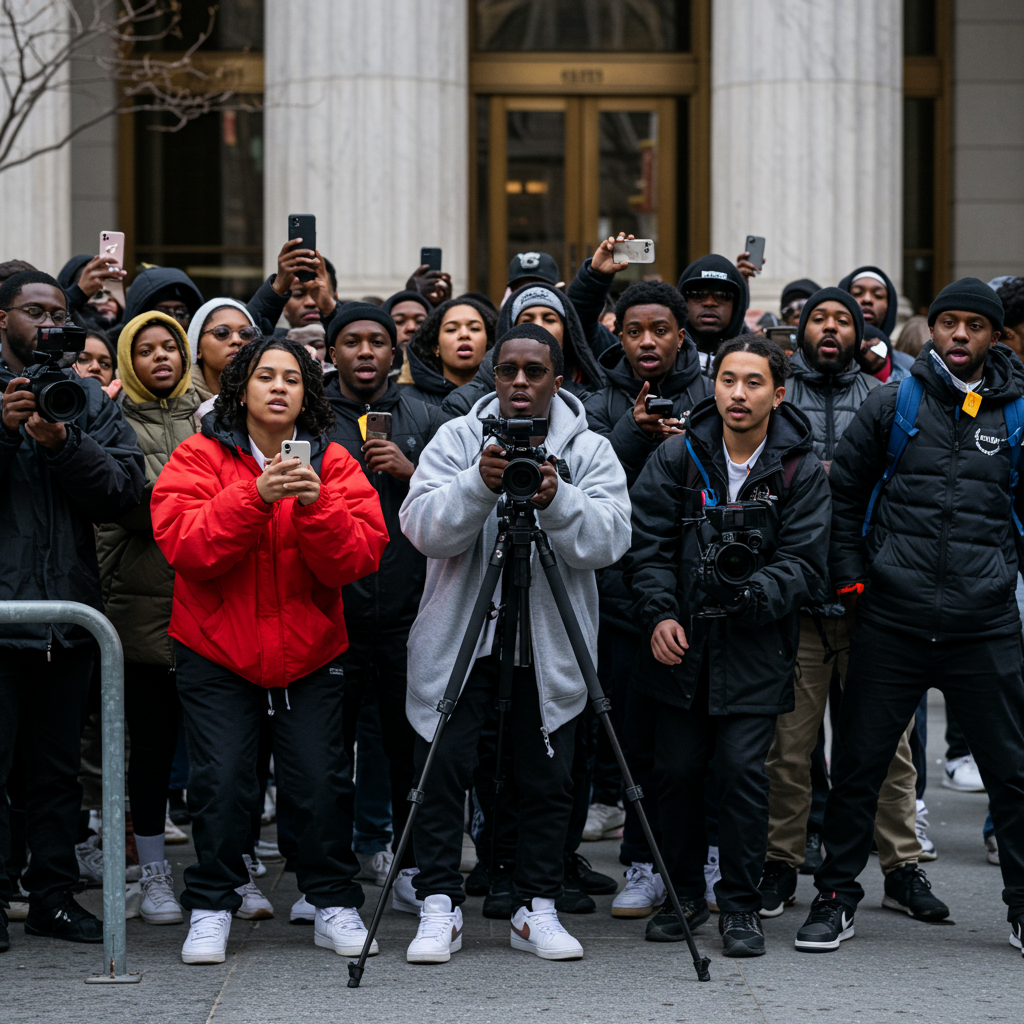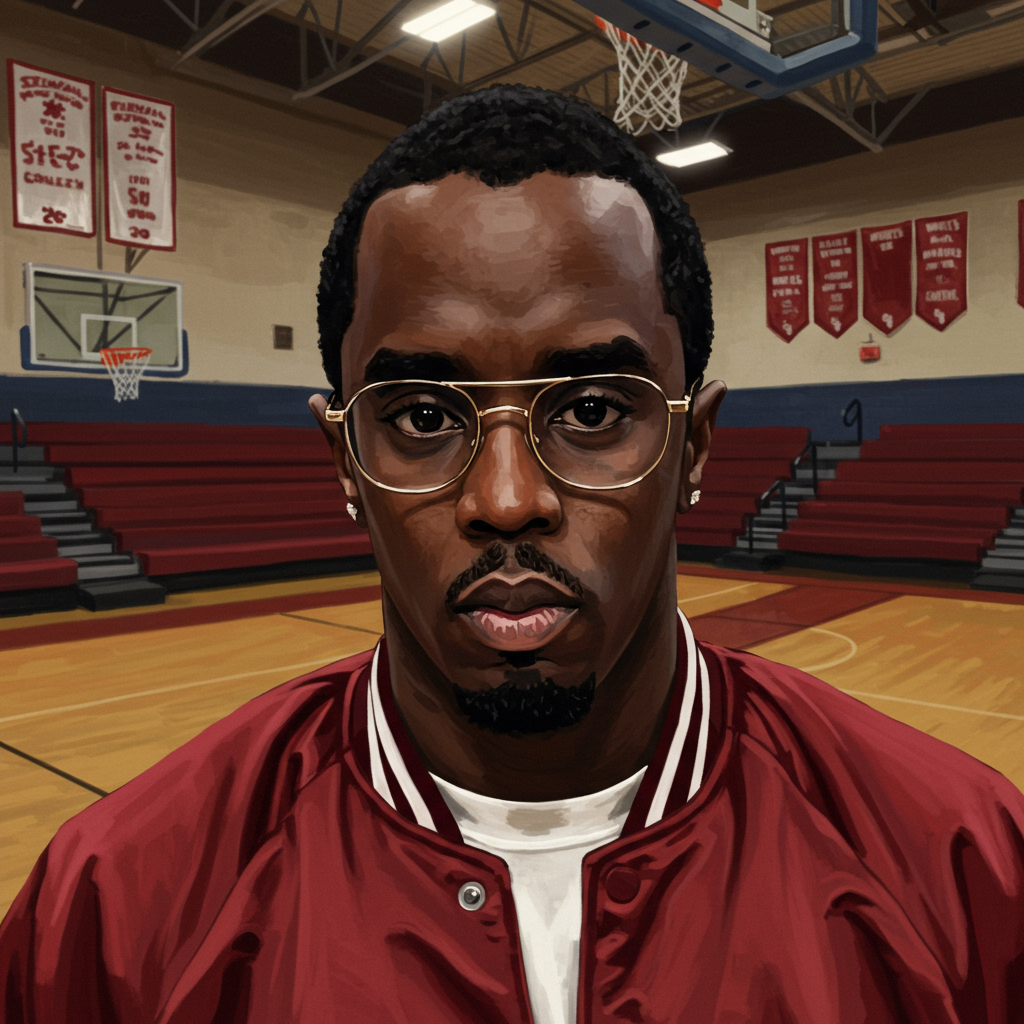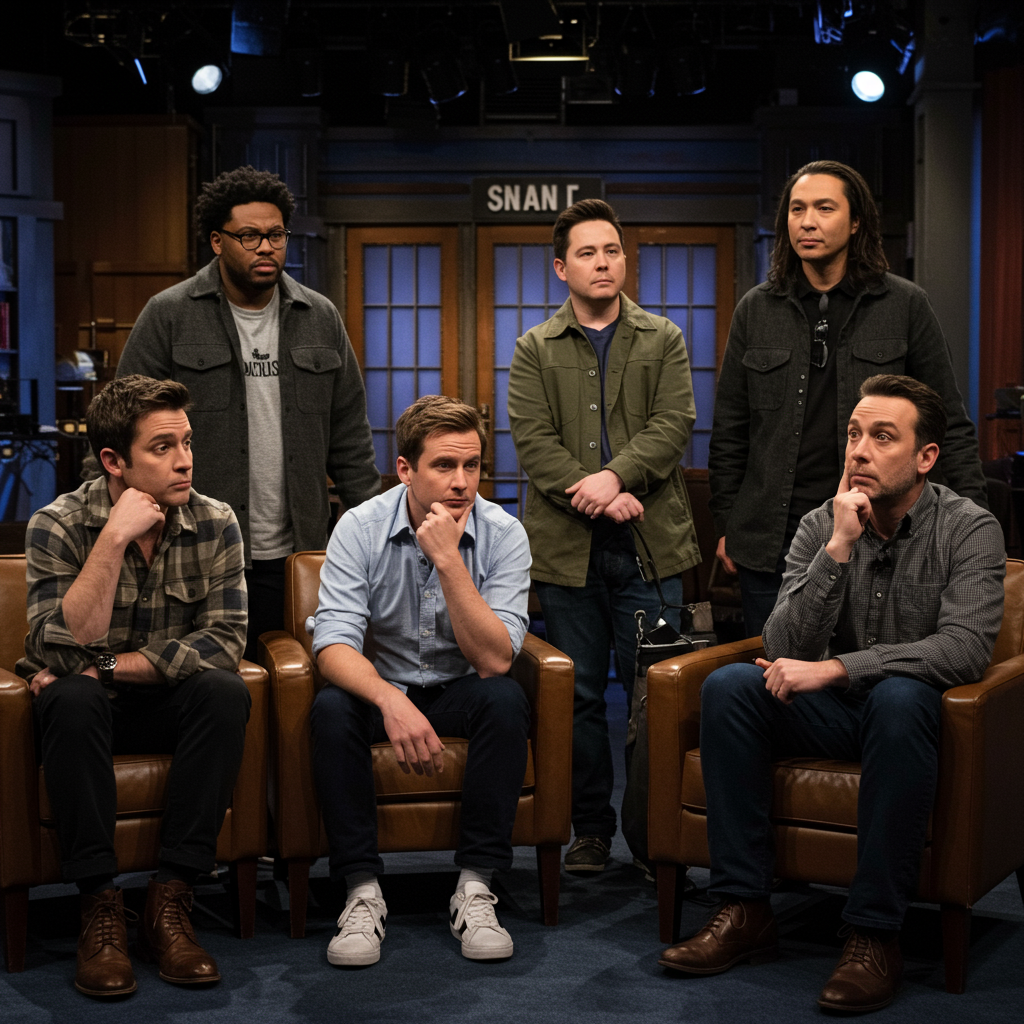The conclusion of the high-profile sex-trafficking trial involving Sean “Diddy” Combs recently drew global attention, but outside the Manhattan federal courthouse, a different kind of spectacle unfolded. Beyond the expected presence of news crews, law enforcement, and curious onlookers, a large and boisterous group of social media influencers, content creators, and self-proclaimed provocateurs gathered en masse. Their primary goal wasn’t merely to observe justice; it was to leverage the intense public interest surrounding the case to create viral content and boost their online visibility.
This scene outside the courtroom served as a potent illustration of how major celebrity legal battles, carrying significant real-world consequences, have transformed into lucrative stages for online personalities. These trials offer a ready-made audience and dramatic narratives perfect for livestreaming, commentary, and attention-grabbing stunts designed to spread rapidly across platforms like TikTok, YouTube, and Instagram. The Combs verdict provided the latest, and perhaps one of the most striking, examples of this evolving media landscape.
The Courthouse as a Stage for Viral Stunts
The atmosphere outside the courthouse was electric, quickly devolving into a carnival-like environment distinct from the solemn proceedings within. Among the crowd, content creators engaged in a variety of unconventional tactics. Some arrived dressed in costumes seemingly inspired by Sean Combs’ public persona, adding a bizarre visual element to the scene. Livestreamed debates, often confrontational and heated, captured online viewers’ attention and generated rapid engagement.
Perhaps the most unusual stunt involved the use of baby oil. During the trial, testimony frequently referenced Combs’ alleged use of baby oil in various sex acts. Outside, some participants, many identified as influencers, began spraying one another with the substance. This act, documented in videos that quickly spread online, directly referenced sensitive trial details, highlighting the lengths creators would go to for shock value and clicks. One particular video showed a woman, later identified as an influencer, being sprayed with oil by another individual near a ledge. This bizarre public display underscored the blurred lines between reporting, performance art, and pure clout-chasing in the digital age.
Shock Value and Performance Art
The woman prominently featured in the baby oil incident is known online as Crackhead Barney, an influencer boasting over 114,000 followers on Instagram. She later explained that she wasn’t necessarily a Diddy fan but considered herself a performance artist. Her intention was explicitly to create “shock value” content to go viral, even if it courted controversy. Streamer Sneako, who commands a large following on X (formerly Twitter) and has connections to rapper Ye, was also seen participating, offering small bottles of baby oil to others and engaging with Crackhead Barney on camera. These acts, though seemingly nonsensical, were calculated performances for the digital audience.
The scene also featured intense verbal confrontations. Two men holding opposing viewpoints on the trial engaged in a loud, livestreamed argument. One man repeatedly yelled references to trial testimony about Combs allegedly beating his longtime girlfriend, Cassie Ventura. The other man responded with provocative and callous retorts, including suggesting she “liked it.” This exchange, while disturbing, demonstrates how creators capitalize on contentious trial details and public emotion to generate viral moments, regardless of the sensitivity of the subject matter. Ventura herself had testified about multiple instances of abuse and text messages showing she confronted Combs about his actions, including a 2016 incident where she pleaded with him, emphasizing she wasn’t a “rag doll” but “somebody’s child.”
Monetization and Audience Growth
For many influencers present, covering the trial was a strategic business decision aimed at significant audience growth and monetization. Armon Wiggins, a popular YouTube commentator focusing on pop culture, exemplified this approach. He temporarily relocated from Los Angeles to New York specifically to provide daily breakdowns of the trial proceedings on his YouTube and TikTok channels. This dedicated coverage paid off handsomely; Wiggins reported gaining over 60,000 YouTube subscribers since he began covering the case.
Wiggins openly discussed the financial benefits, stating the experience had been “great” and allowed him to “monetize incredibly.” He achieved “exponential” virality across major platforms and even secured placements on talk shows like TMZ. His success highlights the potential for creators who can offer consistent, engaging content around high-interest events.
Similarly, Michelle Bracey of Manhattan found a significant niche covering the Combs trial. Attending daily, she posted her independent analyses and humorous takes on her TikTok account, @miss_knockout. Her follower count soared from 9,000 when the trial started to over 40,000. Bracey described the experience as a “life-changing moment,” opening doors to opportunities related to her music career and other ventures.
While acknowledging the gains, Bracey expressed a desire to keep her work “professional” and distance herself from what she termed “clout chasers” engaging in antics solely for attention. This distinction points to a spectrum of approaches among influencers covering these events, from those providing genuine analysis to those prioritizing shock value.
The Broader Trend and Future Outlook
The phenomenon observed outside the Combs trial is not isolated. Previous celebrity legal battles, such as the defamation lawsuit between actors Johnny Depp and Amber Heard and the criminal trial involving rapper Tory Lanez and Megan Thee Stallion, also became significant platforms for online creators. These cases garnered immense public interest and provided a wealth of dramatic testimony and public reactions that influencers could repackage into viral content.
The success achieved by creators covering these events suggests this trend is likely to continue and evolve. Several influencers interviewed after the Combs verdict indicated plans to cover other upcoming high-profile cases. These include ongoing legal disputes involving actors like Blake Lively and Justin Baldoni, as well as criminal cases like that against Luigi Mangione, accused in the killing of UnitedHealthcare CEO Brian Thompson.
Armon Wiggins predicted that this is “just the very beginning” and the trend “will evolve.” He suggested that court systems might eventually need to “adjust” to this new reality, potentially designating specific areas or implementing rules to manage the presence and activities of content creators seeking virality.
The increasing presence of influencers at sensitive legal proceedings raises complex questions. While they offer new avenues for public engagement and information dissemination, their focus on entertainment and virality can risk trivializing serious issues, sensationalizing testimony, and potentially impacting the perception of justice. The scene outside the Combs trial verdict underscores the profound ways social media and the pursuit of online fame are reshaping public engagement with major news events.
Frequently Asked Questions
What kind of spectacle did influencers create outside the Sean Combs verdict?
Outside the Manhattan federal courthouse following the Sean Combs trial verdict on July 3, 2025, social media influencers and content creators generated significant spectacle. This included wearing Diddy-inspired costumes, engaging in hostile and livestreamed debates, and notably, spraying each other with baby oil, referencing specific trial testimony. These acts were primarily intended to gain online attention and go viral.
Which influencers were specifically mentioned for covering the Diddy trial scene?
Several influencers gained attention for their presence and activities. Armon Wiggins, a pop culture commentator, saw massive subscriber growth on YouTube by covering the trial daily. Michelle Bracey also significantly increased her TikTok following with daily analyses. Performance artist known as Crackhead Barney participated in stunts like the baby oil spraying, stating her goal was shock value for virality. Streamer Sneako was also present and involved in some of these activities.
Why are high-profile trials becoming stages for social media influencers seeking viral content?
High-profile celebrity trials attract massive public interest, providing a large, built-in audience for content creators. These events often feature dramatic testimony, real-world consequences, and moments of public emotion that are easily turned into shareable clips, commentary, and live streams. Influencers can leverage this existing attention to increase their follower counts, monetize their content, and achieve virality, making such trials attractive opportunities for online growth. This trend has been seen in other major cases like the Depp/Heard trial.
This phenomenon highlights the evolving nature of media coverage and public engagement in the digital age. As influencers continue to seek out major news events for content opportunities, the lines between reporting, entertainment, and performance art will likely become even more blurred, potentially prompting institutions like the courts to consider how to manage their presence in the future.




